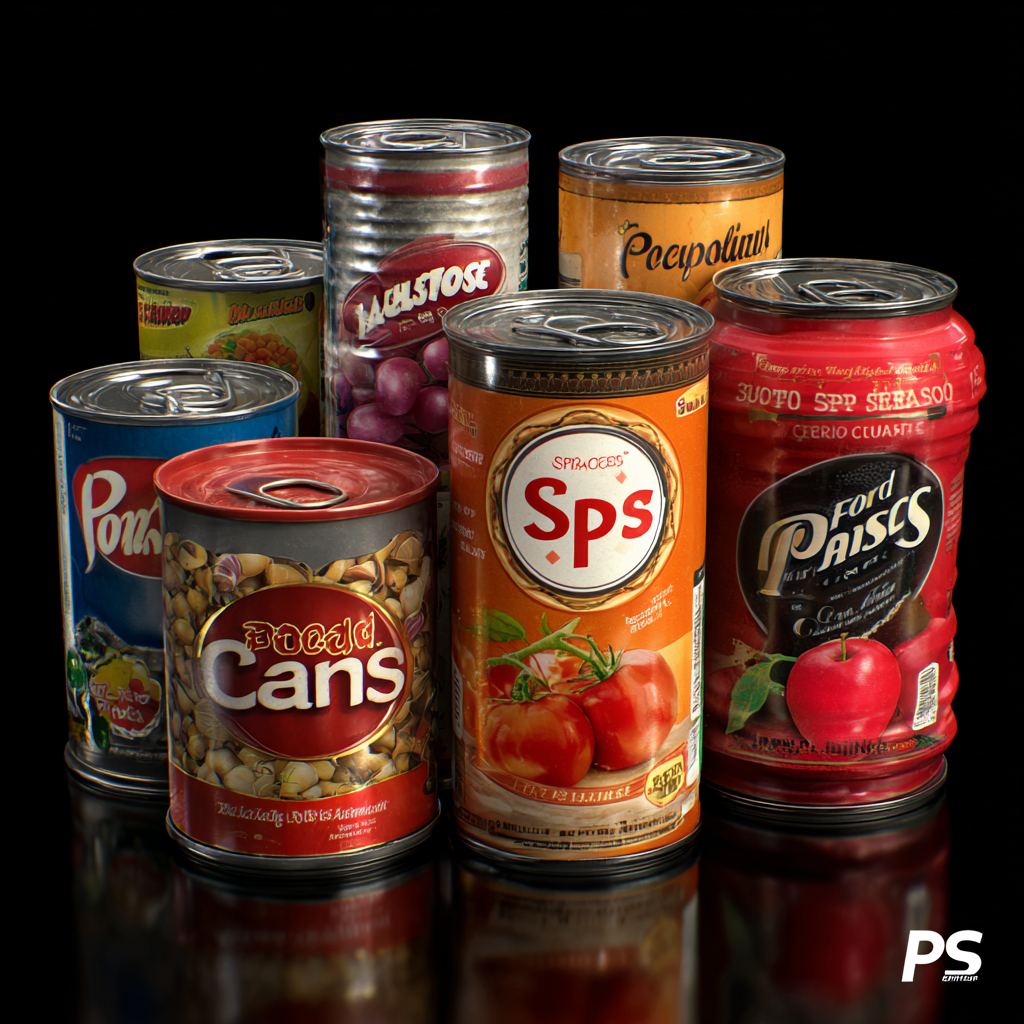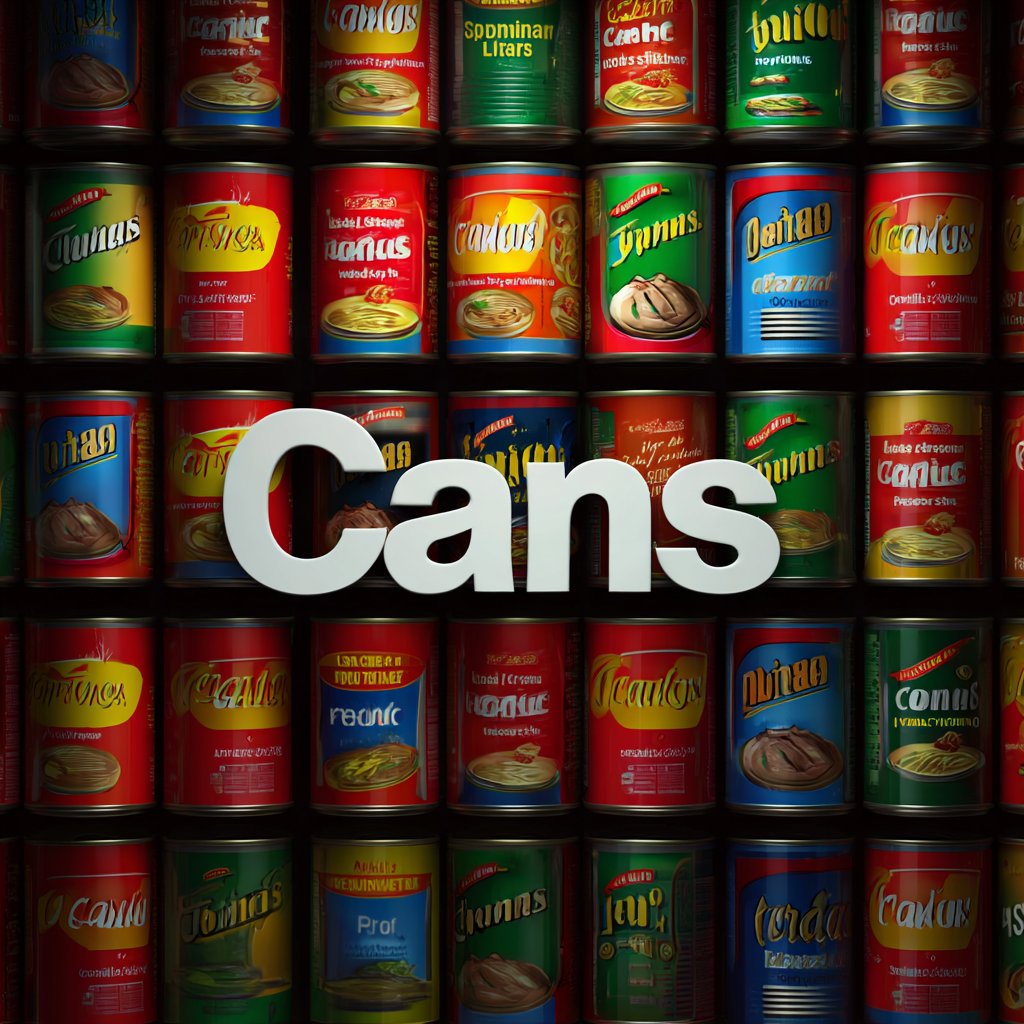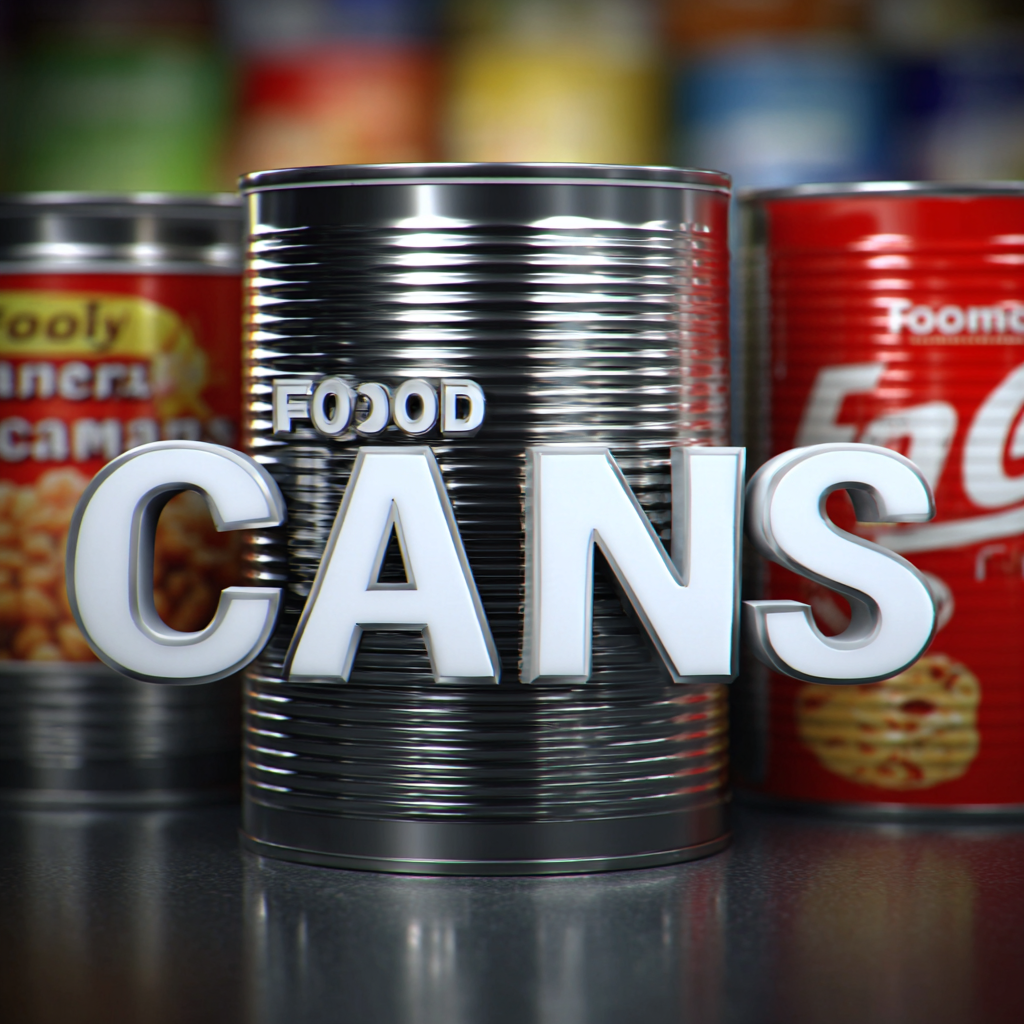 +86-18998410690
+86-18998410690
Leave Your Message
-
 CONTACT NUMBER
CONTACT NUMBER -
 CONTACT NUMBER
CONTACT NUMBER -
 CONTACT NUMBER
CONTACT NUMBER



In today's highly competitive market for Food Cans, sourcing the best products is not just an operational necessity but a strategic imperative. According to a recent report by Statista, the global canned food market is projected to reach approximately $100 billion by 2025, reflecting a growing consumer preference for convenience and shelf-stability. Additionally, a survey from the Food Industry Association highlights that over 70% of consumers prioritize product quality and sustainability, making it essential for suppliers to streamline their sourcing methods to meet these demands. As businesses strive to differentiate themselves in this saturated landscape, understanding effective strategies for sourcing high-quality Food Cans becomes pivotal. This blog will explore top strategies that not only enhance sourcing efficiency but also leverage market insights to stay ahead of competitors.

When navigating the competitive market of food cans, it's essential to understand the various types available and their unique features. Food cans come in multiple forms—such as standard, pop-top, and vacuum-sealed—each catering to different consumer needs and preferences. Standard cans, often used for vegetables and soups, provide a timeless solution with their traditional can opener requirement. Meanwhile, pop-top cans enhance convenience, allowing consumers to effortlessly access their contents, making them particularly popular among on-the-go consumers.
In addition to functionality, the materials and preservation methods used in food cans significantly impact quality and shelf life. For instance, some cans are lined with BPA-free coatings, ensuring safety and longevity, while others prioritize eco-friendliness through recyclable materials. Understanding these variations not only helps in sourcing the best food cans but also equips retailers and consumers with the knowledge to make informed decisions that align with their health and environmental values. Ultimately, grasping these unique features is crucial in distinguishing competitive products within the market.
| Food Can Variety | Key Features | Nutritional Benefits | Shelf Life (Months) | Best Use Cases |
|---|---|---|---|---|
| Vegetable Cans | Non-BPA lining, variety of vegetables | High in fiber, rich in vitamins | 24 | Soups, stews, side dishes |
| Bean Cans | Rich in protein, low sodium options | High in protein, good for heart health | 36 | Chili, salads, main dishes |
| Fruit Cans | In natural juice, no added sugars | Source of vitamins C, D, and fiber | 24 | Desserts, snacks, breakfast |
| Fish Cans | Sustainably sourced, high omega-3 | Excellent source of protein, heart health | 60 | Sandwiches, salads, main dishes |
| Soup Cans | Ready to eat, no preservatives | Comfort food, varied ingredients | 18 | Quick meals, appetizers |
When sourcing the best food cans in today's competitive market, understanding quality standards is imperative. First and foremost, manufacturers must adhere to rigorous safety guidelines established by food safety authorities. These standards encompass everything from sourcing raw materials to the canning process itself. Ensuring that products meet these requirements not only protects consumer health but also enhances brand reputation in a crowded marketplace.
Additionally, quality assessments must go beyond just regulatory compliance. Consumers increasingly demand transparency and sustainability in their food products. This means sourcing cans that not only maintain the integrity of the food inside but also contemplate environmental impact. Evaluating can materials, such as BPA-free linings and recyclable options, is crucial. By prioritizing these aspects, companies can appeal to health-conscious consumers while promoting a responsible image.
The ability to guarantee high quality in canned food products will ultimately set brands apart in a competitive landscape where consumer trust is paramount.
In a competitive canning market, evaluating pricing strategies is crucial for businesses aiming to source the best food cans. One effective approach is to adopt a value-based pricing strategy, which focuses on the perceived value of the product to the customer rather than solely on production costs. This requires a deep understanding of consumer preferences and market trends, enabling businesses to justify higher prices through quality, unique features, or brand reputation. By positioning products as premium offerings, companies can attract discerning customers willing to pay more for superior quality.

Additionally, conducting competitive pricing analysis is essential. Businesses should assess competitors' pricing structures and explore various pricing tactics such as penetration pricing to gain market share or skimming pricing for new, innovative products. Offering promotions, discounts, or bundles can also enhance perceived value while encouraging larger purchases. It's important to continuously monitor the market and adjust pricing strategies accordingly to maintain competitiveness and profitability in the ever-evolving canning industry.
In the competitive landscape of food can sourcing, fostering robust supplier relationships is crucial for achieving optimal sourcing solutions. According to a recent report from the Food and Agriculture Organization, nearly 60% of food companies that actively engage with their suppliers report reduced lead times and improved product quality. Establishing transparent communication and regular feedback loops with suppliers allows companies to address potential issues promptly and collaboratively, leading to a more efficient supply chain.
Tip: Regularly schedule meetings with key suppliers to discuss market trends and share insights. This proactive engagement can enhance mutual understanding and innovation, ultimately benefiting both parties.
Furthermore, leveraging partnerships with local suppliers can result in significant cost savings and quicker turnaround times. A study from the Institute for Supply Chain Management shows that organizations that prioritize local sourcing can reduce transportation costs by an average of 20%. This not only supports local economies but also helps companies maintain better control over their inventory and reduce carbon footprints.
Tip: Consider establishing tiered supplier programs, where primary suppliers are complemented by a network of local vendors, ensuring flexibility and security in your supply chain.

In today's competitive market for food cans, identifying market trends and consumer preferences is crucial for success. One of the primary trends is the increasing demand for healthier and organic options. Consumers are becoming more health-conscious, seeking out canned foods that are free from preservatives and artificial ingredients. Brands that can highlight their commitment to quality, such as using non-GMO ingredients or sustainable sourcing practices, are likely to attract a wider audience. Engaging with consumers through social media and gathering feedback can also provide insights into emerging preferences.
Another significant trend is the growing interest in convenience and ready-to-eat meal solutions. As modern lifestyles become busier, consumers are looking for food options that save time without sacrificing quality. Canned foods that offer easy preparation methods or multi-serving options are gaining traction. Companies should consider diversifying their product lines to include more versatile recipes, catering to various dietary restrictions and cooking preferences. Keeping an eye on these evolving consumer sentiments will ensure that brands stay ahead in the competitive landscape of food cans.
